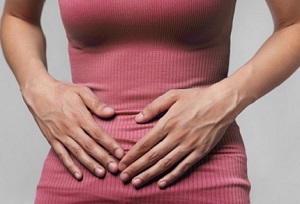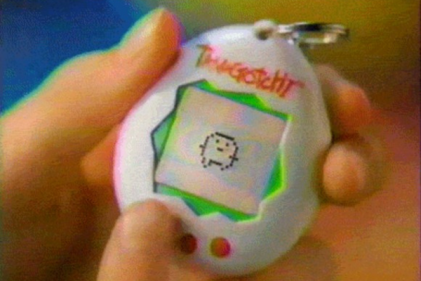
What is PMDD?
PMDD is a severe form of premenstrual syndrome (PMS) that carries all the same symptoms, but worse. It typically affects 2-10% of menstruating women.
What are the symptoms?
PMDD symptoms usually come on in the seven days leading up to your period, and include the following:
- Severe cramps
- Mood swings
- Trouble sleeping
- Anxiety
- Fatigue
- Muscle cramps
- Bloating
- Difficulty concentrating
- Change in appetite
What causes it?
The exact cause of PMDD is not known, although medics believe it comes down to hormonal changes within the body. Recent research has linked the condition with low serotonin levels, with certain brain cells that use serotonin to carry messages around the body being involved in the control of pain, mood, attention and sleep.
Diagnosis
If you notice that your PMS symptoms are seriously affecting your day-to-day life, consult with your doctor. A thorough medical examination will confirm if you have PMDD; a psychiatric evaluation may also be required to rule out disorders such as depression or anxiety.
Treatment
Treatment will begin with a new approach to nutrition, and your doctor may set out a plan which limits the intake of alcohol, salt and refined sugar. You may also be prescribed a supplement containing magnesium, calcium and B vitamins. Aerobic exercise is also crucial in coping with the condition.
In some cases, your doctor will prescribe a course of medication, which can range from over-the-counter pain relief to anti-depressants.





